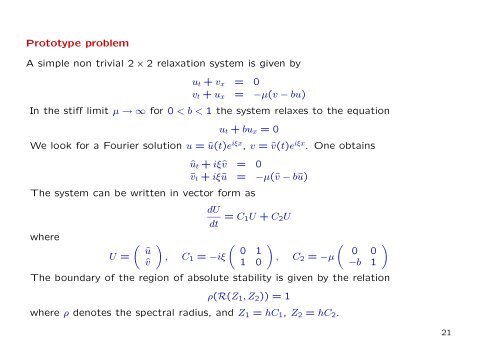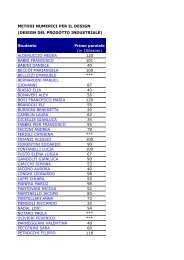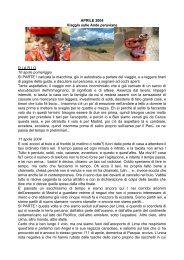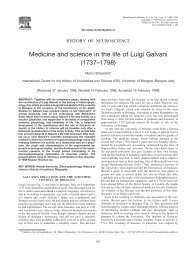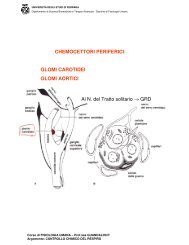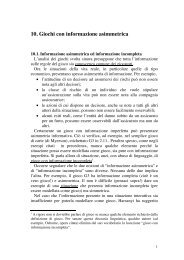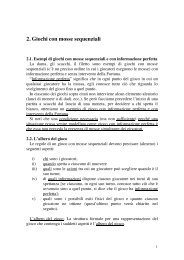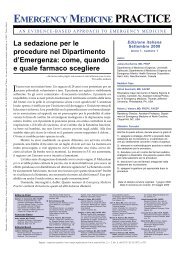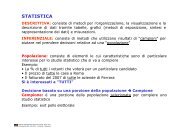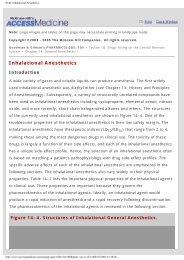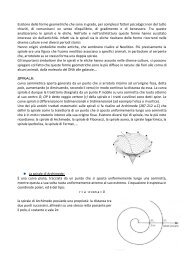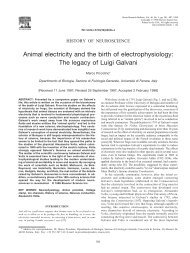Implicit-Explicit Runge-Kutta schemes for hyperbolic systems ... - utenti
Implicit-Explicit Runge-Kutta schemes for hyperbolic systems ... - utenti
Implicit-Explicit Runge-Kutta schemes for hyperbolic systems ... - utenti
You also want an ePaper? Increase the reach of your titles
YUMPU automatically turns print PDFs into web optimized ePapers that Google loves.
Prototype problem<br />
A simple non trivial 2 × 2 relaxation system is given by<br />
ut + vx = 0<br />
vt + ux = −µ(v − bu)<br />
In the stiff limit µ → ∞ <strong>for</strong> 0 < b < 1 the system relaxes to the equation<br />
ut + bux = 0<br />
We look <strong>for</strong> a Fourier solution u = û(t)e iξx , v = ˆv(t)e iξx . One obtains<br />
ût + iξˆv = 0<br />
ˆvt + iξû = −µ(ˆv − bû)<br />
The system can be written in vector <strong>for</strong>m as<br />
where<br />
U =<br />
� û<br />
ˆv<br />
�<br />
, C1 = −iξ<br />
dU<br />
dt = C1U + C2U<br />
� 0 1<br />
1 0<br />
�<br />
, C2 = −µ<br />
� 0 0<br />
−b 1<br />
The boundary of the region of absolute stability is given by the relation<br />
ρ(R(Z1, Z2)) = 1<br />
where ρ denotes the spectral radius, and Z1 = hC1, Z2 = hC2.<br />
�<br />
21


